How to Get Rid of Blossom End Rot in Tomatoes
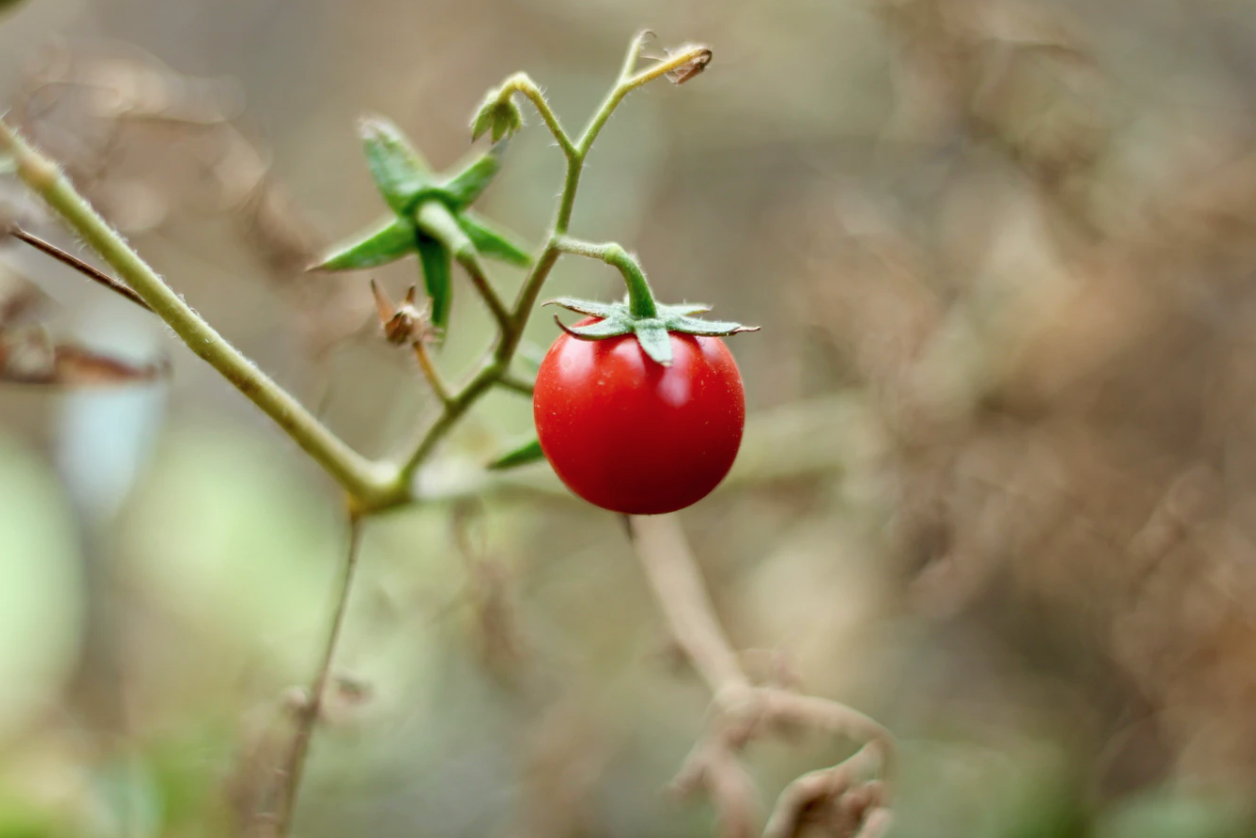
Struggling to get rid of blossom end rot in tomatoes is a common problem for gardeners – both beginners and accomplished. Blossom end rot is characterized by a dark, rotten spot at the blossom end of developing tomatoes.
Fortunately, there are ways to get rid of blossom rot before it starts, but once it appears on an individual fruit, there is no way to “cure” the affected tomato.
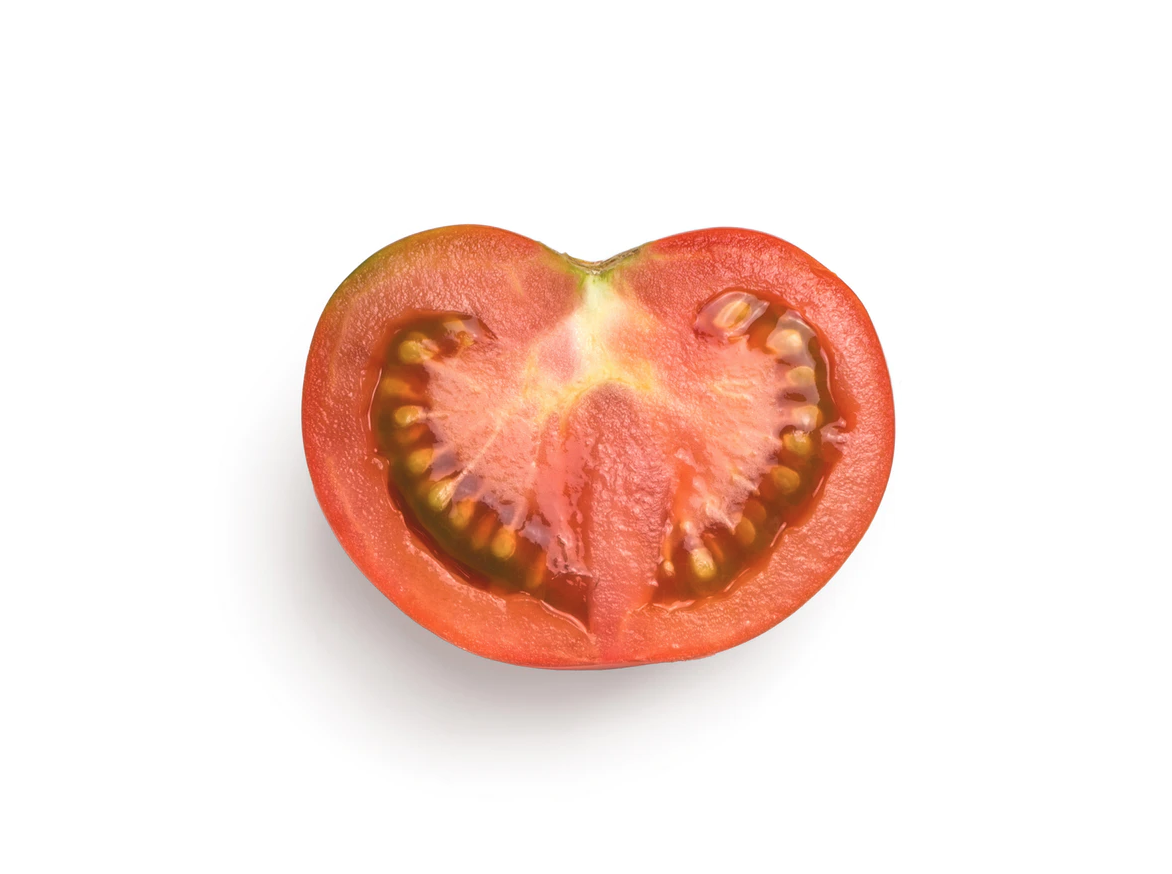
Can I eat a tomato with blossom end rot?
Blossom end rot may look nasty but you can technically still eat the plant, minus the offending area. Although you can cut away the rotted portion and safely eat the rest, it is best to eliminate the problem before it reaches that point.
So, how does blossom rot start… and more importantly, how you can prevent it from showing up in the first place?
What is blossom rot?
Blossom rot first presents as a dime or quarter-sized brown or black spot on the end of the tomato opposite the stem. Unfortunately, you may find this small blossom end rot spot signifies that the tomato is totally rotted out inside.
Unchecked, you can lose a large portion of your entire tomato crop to this condition.
As always, prevention is the best medicine. What causes blossom rot to start is a deficiency in calcium. In order for tomato plants to grow their fruit properly, they need an adequate amount of calcium.
Even if you have plenty of calcium in your soil, your plants may not be able to effectively absorb it for a number of reasons. When this occurs, your plants are at risk of contracting blossom rot.
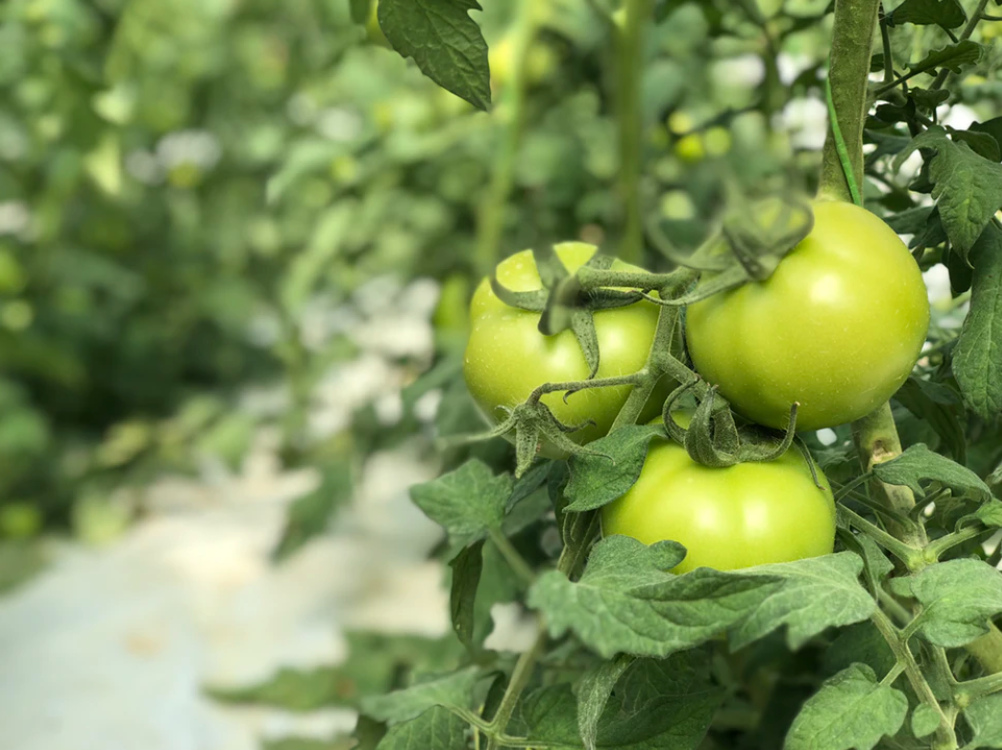
How to prevent blossom rot:
The best way to prevent blossom rot is to ensure your plants have access to enough calcium and are able to absorb it appropriately. Before you plant your tomatoes, be sure to have your soil tested or do it yourself with an inexpensive soil testing kit.
Ideally, your soil should be slightly acidic, with a pH somewhere between 6.0 and 6.8. If your soil is too acidic, you can add some limestone or lime to increase the pH. Use caution when adding these amendments, however. If you add too much, you’ll end up with soil that is too alkaline.
If this occurs, or if your soil is naturally alkaline, you can amend it with rich organic matter, elemental sulfur or an acidifying fertilizer, such as ammonium sulfate. It can be very challenging to lower soil pH, however, because limestone in the ground is continually dissolving.
If you live in an area where alkaline soil is a fact of life, you may want to build raised beds to create a more hospitable growing environment for your plants.

Best tips to care for your tomato plants:
Once your soil is at the optimum pH level, you’ll want to ensure your plants are receiving enough water on a consistent basis. Optimal tomato growth requires regular and deep watering so that water gets all the way down to the entire root system.
Tomatoes won’t flourish if you allow them to go dry between watering sessions. So, be sure your plants receive 1 to 1.5 inches of water per week, but don’t go overboard and give them too much.
Fortunately, blossom rot usually shows up at the very beginning of the season as first fruits appear. If you notice your tomatoes are showing possible signs of blossom rot, make sure your plants are watered deeply every 4 to 5 days.
If it is extremely hot in your area, water them even more frequently. To determine when it is time to water your plants, dig down 3 or 4 inches into the soil. If the soil is moist, wait 24 hours and check again. When the soil at that level is dry, it is time to water again.
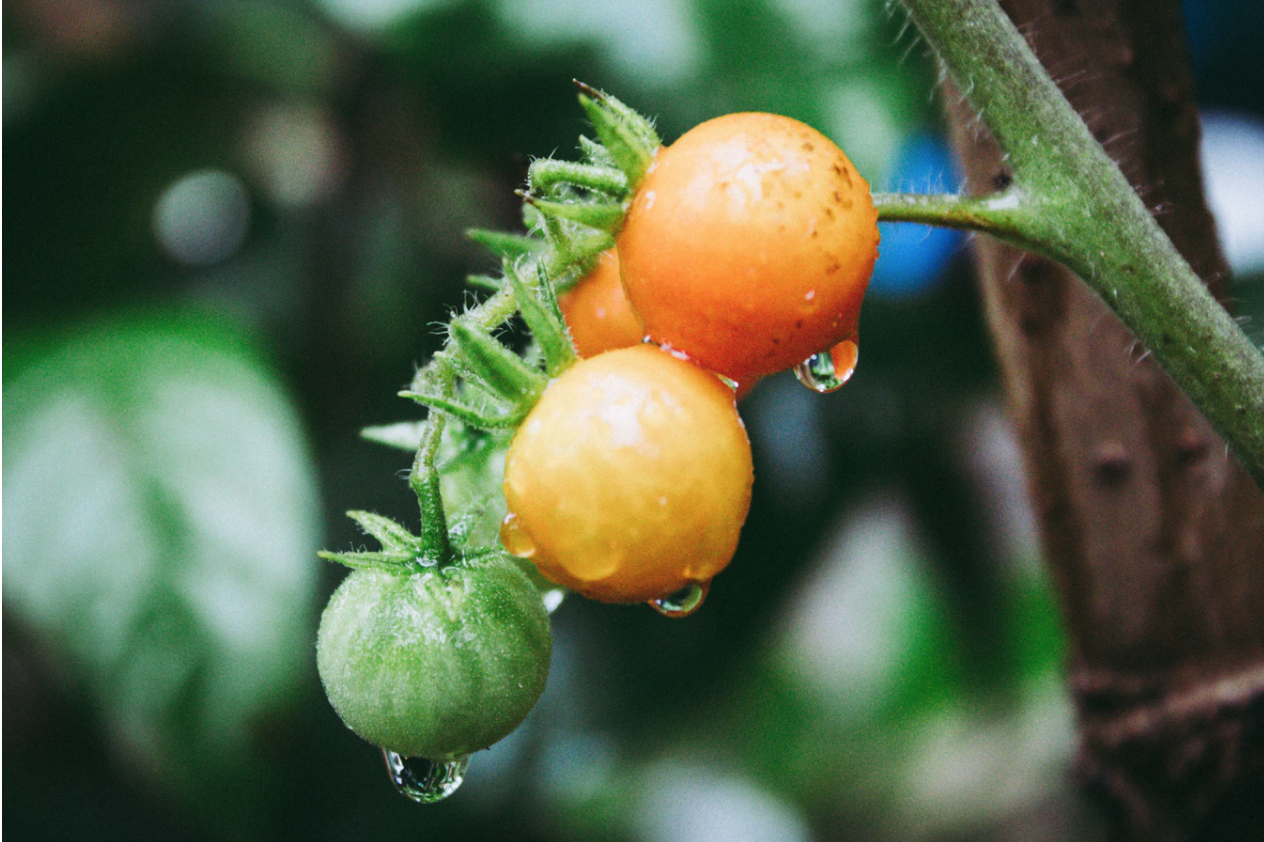
Fertilizer for Tomato Gardens:
Finally, many tomato gardeners also swear by liquid kelp extract or kelp fertilizer as a way to combat blossom rot. Kelp is a very nutrient-rich form of seaweed with many useful gardening applications.
The extract and fertilizer are readily available in local garden centers, large home improvement stores or via online retailers. You may want to test it out on part of your garden to see how it works for you.
Although blossom rot can be a challenging garden dilemma, a little preparation and planning will go a long way towards banishing it from your garden.
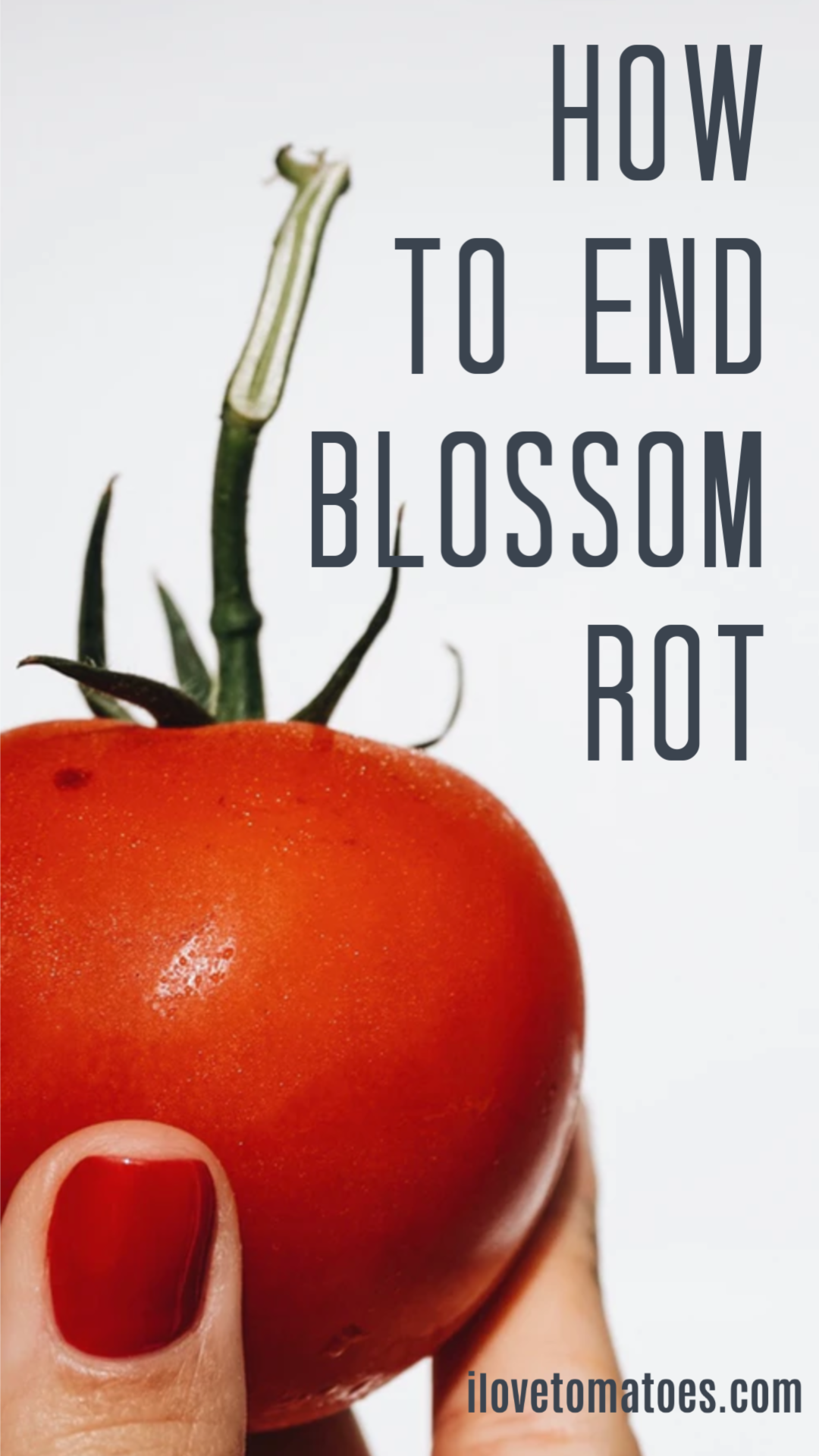 |
 |
